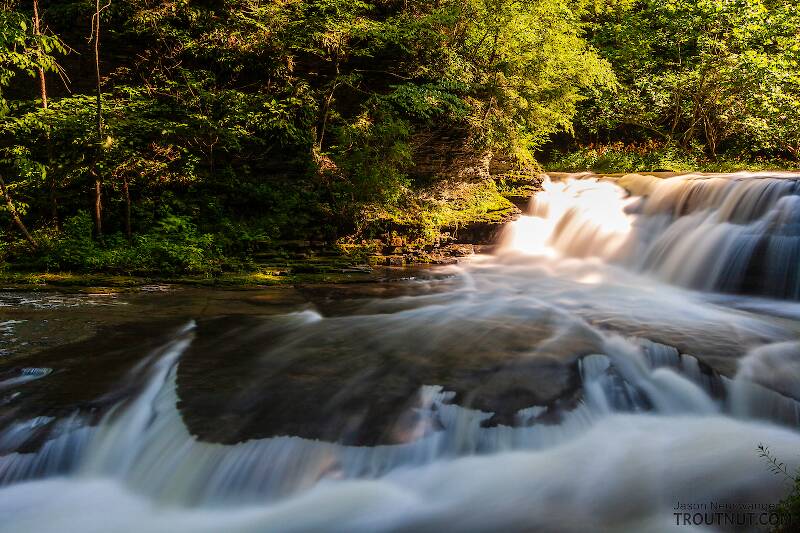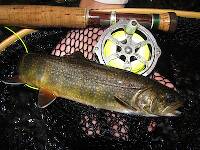
Blue-winged Olives
Baetis
Tiny Baetis mayflies are perhaps the most commonly encountered and imitated by anglers on all American trout streams due to their great abundance, widespread distribution, and trout-friendly emergence habits.
Featured on the forum

Troutnut is a project started in 2003 by salmonid ecologist Jason "Troutnut" Neuswanger to help anglers and
fly tyers unabashedly embrace the entomological side of the sport. Learn more about Troutnut or
support the project for an enhanced experience here.
Taxon on Feb 13, 2016February 13th, 2016, 5:04 am EST
Hi Tim,
Parachute style dry flies were originated by William Avery Brush of Detroit circa 1930. See http://www.flyanglersonline.com/features/oldflies/oldflies20090622.php.
Parachute style dry flies were originated by William Avery Brush of Detroit circa 1930. See http://www.flyanglersonline.com/features/oldflies/oldflies20090622.php.
TNEAL on Feb 13, 2016February 13th, 2016, 8:07 am EST
Roger...
Thanks. My friend and keeper of the flame for AuSable (MI) original patterns always told me they were originally called gyros. Appears as though he was right. Michigan has become, over the years, a big producer of parachute flies. Earl Madsen's "Hatching Caddis", a giant parachute tied to ape an emerging Hexagenia (they were erroneously referred to as caddis back in the day) was perhaps the first parachute from this area. It was the forerunner of Clarece Roberts well know Roberts Drake.Earl's fly dates to the late 30's I believe.
Thanks. My friend and keeper of the flame for AuSable (MI) original patterns always told me they were originally called gyros. Appears as though he was right. Michigan has become, over the years, a big producer of parachute flies. Earl Madsen's "Hatching Caddis", a giant parachute tied to ape an emerging Hexagenia (they were erroneously referred to as caddis back in the day) was perhaps the first parachute from this area. It was the forerunner of Clarece Roberts well know Roberts Drake.Earl's fly dates to the late 30's I believe.
KateS
Posts: 1
Posts: 1
KateS on Aug 24, 2019August 24th, 2019, 10:58 am EDT
My great grandfather is William Avery Brush. I'm actually holding his patent for this from 1934 in my hand. Just ran into it while cleaning out some of my parents things. Knew of course about the Brush Runabout and his auto ventures but wasn't aware of this area of endeavors.
Quick Reply
Related Discussions
Topic
Replies
Last Reply
11
Nov 26, 2013
by Jcamp43
by Jcamp43
Re: Big Green River, Wisconsin, late September
In the Mayfly Species Baetis brunneicolor by Admiralb
In the Mayfly Species Baetis brunneicolor by Admiralb
1
Sep 30, 2013
by Entoman
by Entoman
3
Feb 12, 2009
by Creno
by Creno




